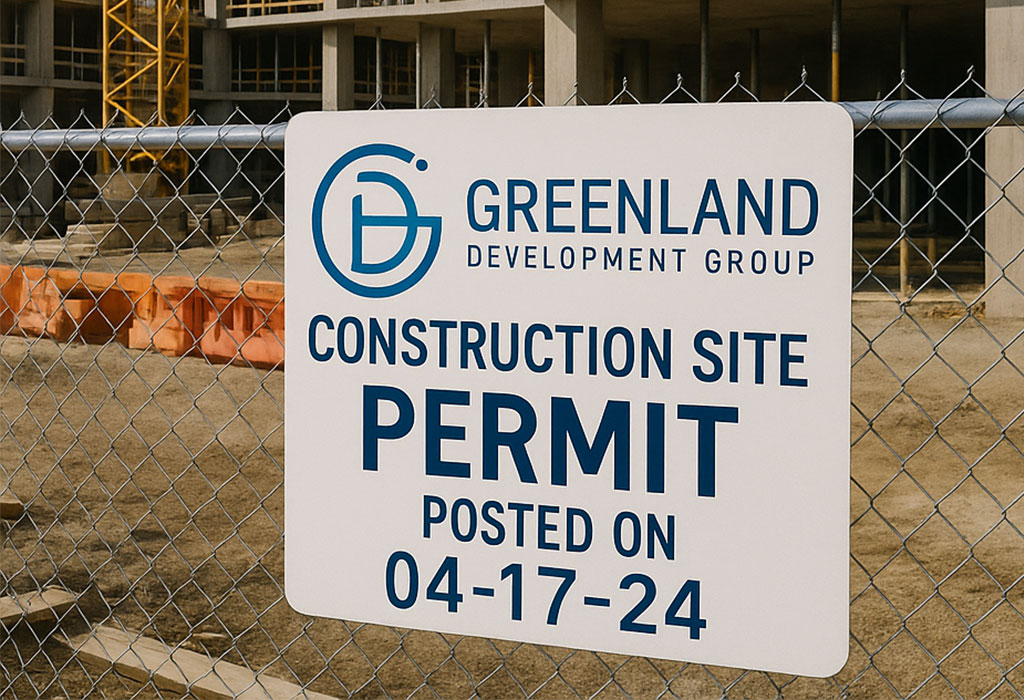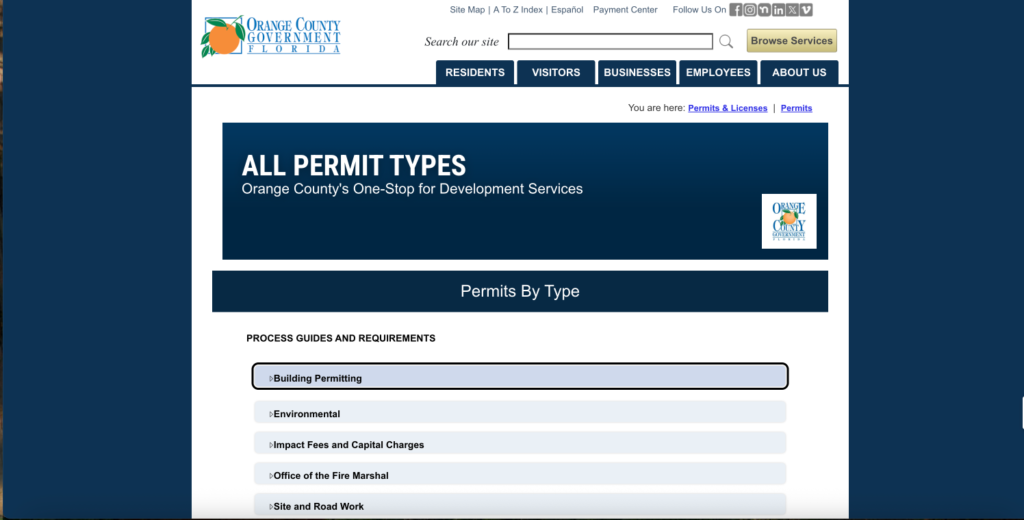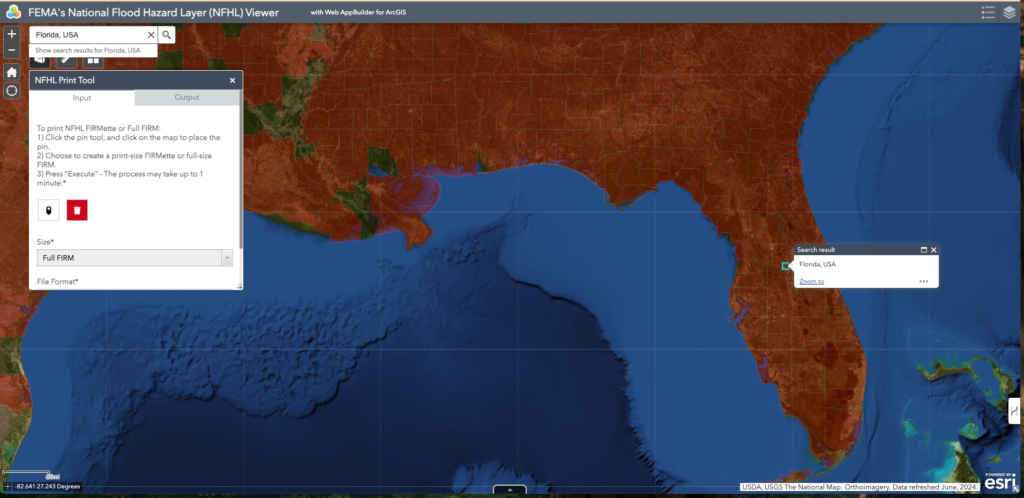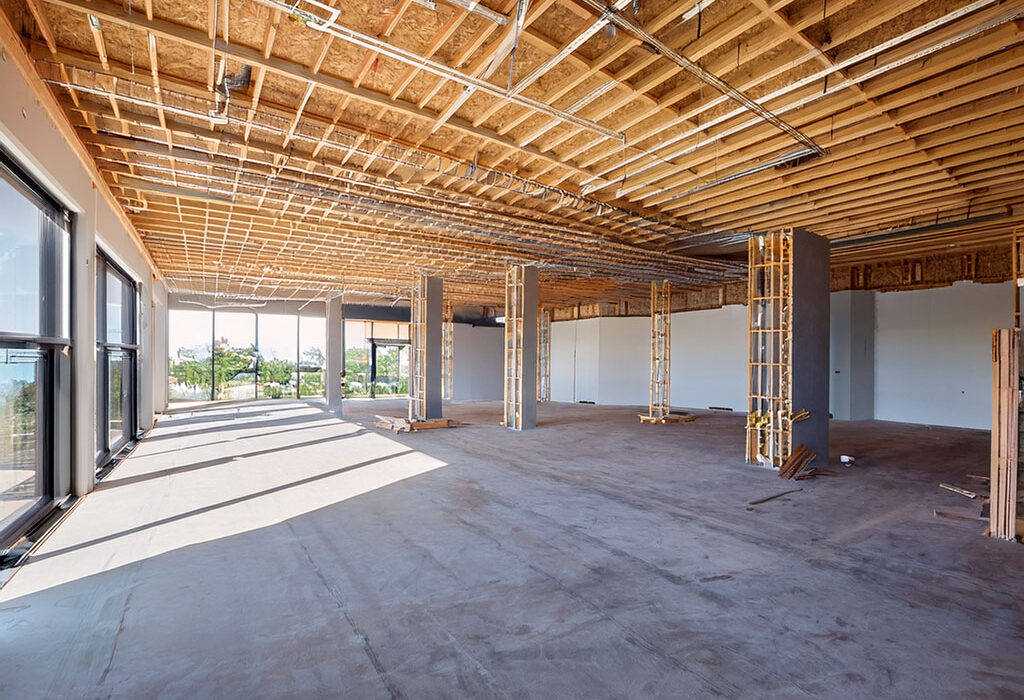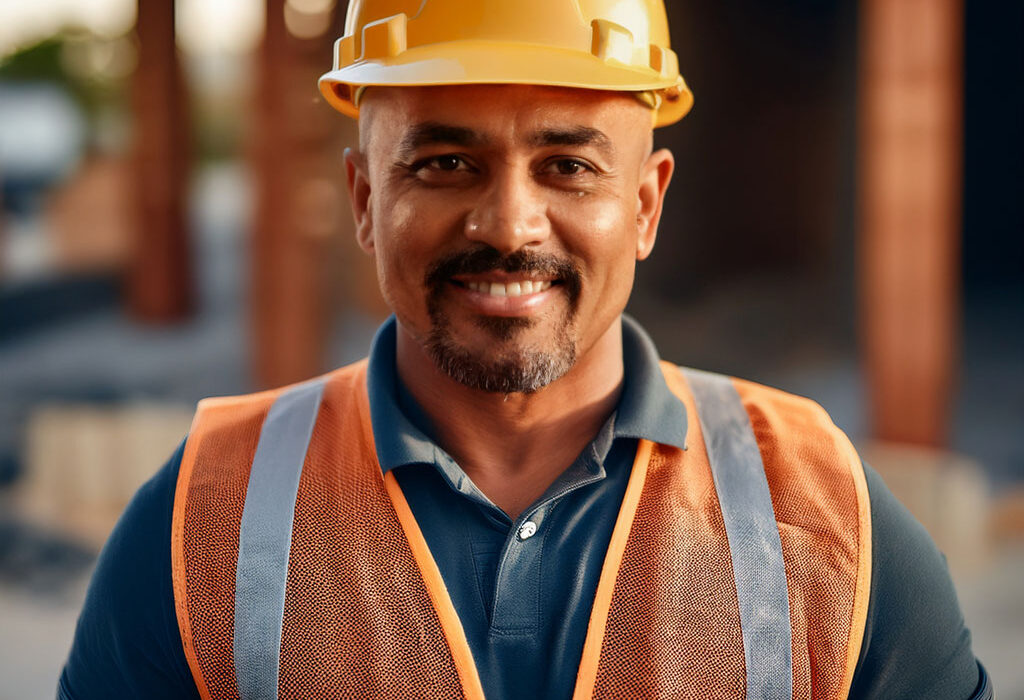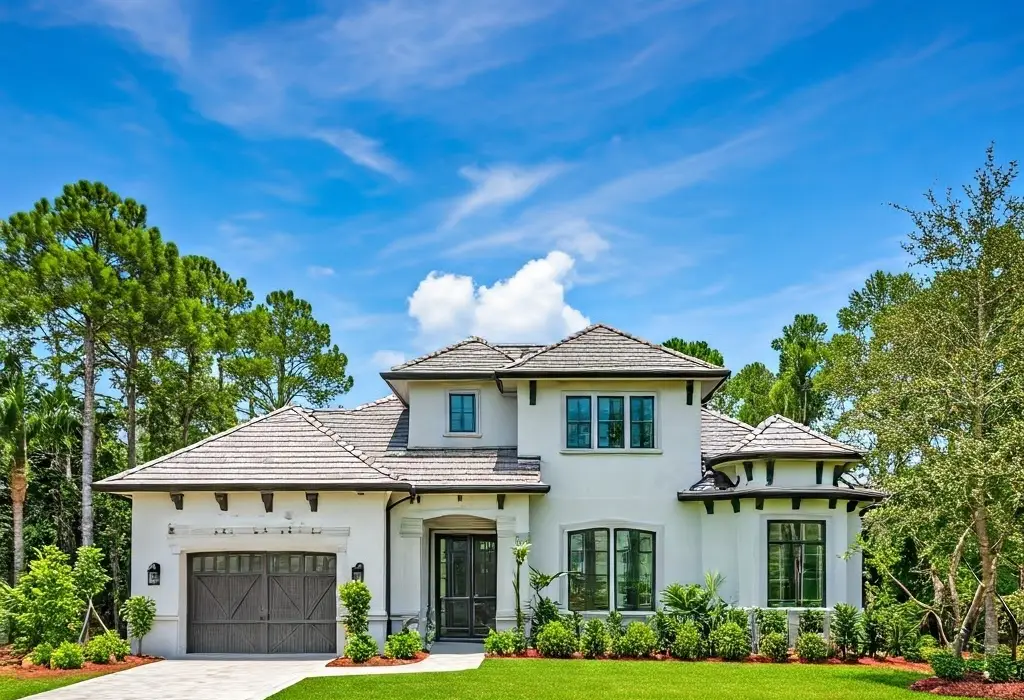Permitting 101: How the Florida Construction Permit Process Works
Navigating the Florida construction permit process can be daunting for homeowners and investors alike. Whether you’re building a custom home, planning a commercial buildout, or developing a build-to-rent (BTR) community, securing the right permits is a legal and logistical necessity. At Greenland Development Group, we understand how critical the permitting phase is to the success of your project—and how easily it can delay your timeline or inflate your costs if not handled properly.
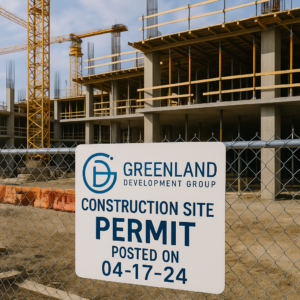
In this guide, we’ll walk you through every aspect of the Florida construction permitting process: what permits you need, how long they take, common pitfalls to avoid, and why working with a licensed contractor can save you time, money, and stress.
What is a Construction Permit and Why Do You Need One in Florida?
A construction permit is an official approval from your local municipality or county that allows you to begin work on a building or remodeling project. In Florida, this is required for:
-
- New residential or commercial construction
- Additions or alterations to existing structures
- Electrical, plumbing, and HVAC installations
- Roof replacements, structural changes, or load-bearing modifications
- Demolition work
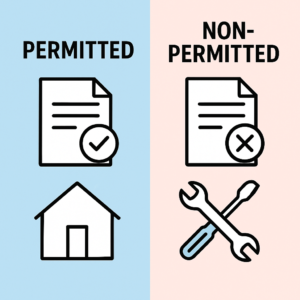
Failing to obtain a permit in Florida can result in:
- Costly fines
- Work stoppages
- Legal liability for non-compliance
- Issues when selling or refinancing the property
Who Issues Construction Permits in Florida?
Permits are typically issued by the local Building Department or Municipal Building Division where the property is located. Major cities and counties—such as Orlando, Tampa, Orange County, or Miami-Dade—have their own online permitting portals.
You’ll often be required to submit:
- Construction drawings (signed/sealed by a licensed architect or engineer)
- Site plans and surveys
- Permit application forms
- Energy compliance forms (especially for new residential builds)
- Structural load calculations
Greenland Development Group handles all of these submissions on behalf of our clients.
Step-by-Step: The Florida Construction Permit Process
1. Project Planning and Site Analysis
Before applying, you or your contractor must:
- Determine zoning and land-use restrictions
- Review FEMA flood zone maps
- Ensure compliance with the Florida Building Code (FBC)
A licensed general contractor, like Greenland Development Group, will perform these evaluations and identify whether variances or special permissions are required.
2. Prepare and Submit Permit Application
Once architectural plans and engineering documents are complete:
- Submit the full permit application package to the local Building Department
- Include notarized owner-builder forms (if applicable)
- Pay the initial permitting fee (varies by county and project scope)
3. Plan Review & Corrections
The local building officials will:
- Review for zoning, structural, mechanical, and energy compliance
- Return comments if revisions are needed
- Approve the plan once all requirements are satisfied
Average review times:
- Residential permits: 1–4 weeks
- Commercial projects: 3–6 weeks (or longer for multi-use buildings)
4. Permit Issuance
Once approved:
- Your permit will be issued with a job card and inspection schedule
- Post the permit visibly at the job site before work begins
- Notify subcontractors and coordinate schedules
5. Inspections During Construction
Different phases require official inspections, including:
- Foundation and slab
- Rough framing
- Electrical, plumbing, HVAC
- Roofing and insulation
- Final inspection and certificate of occupancy (CO)
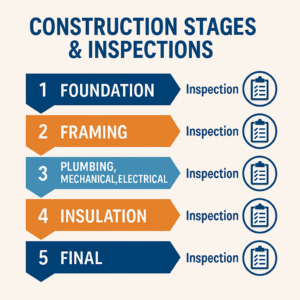
Failing any inspection will delay the project until corrections are made and a re-inspection is approved.
Common Pitfalls to Avoid
- Starting work without a permit – Even “minor” jobs may require one
- Incorrect or missing documents – One small omission can trigger major delays
- Hiring unlicensed contractors – You’re liable for code violations and insurance issues
- Ignoring zoning overlays or HOA rules – Especially in Central Florida neighborhoods
- Skipping plan revisions – Not addressing reviewer comments promptly can stall your build for weeks

Why Work With a Licensed Florida General Contractor?
At Greenland Development Group, we manage the entire Florida construction permit process for our clients—from custom homes to complex commercial projects. Here’s why working with us makes a difference:
- ✅ Accurate submittals that reduce rejection risk
- ✅ Expedited communication with building departments
- ✅ Code compliance baked into every design
- ✅ Full project management so you don’t have to navigate the red tape
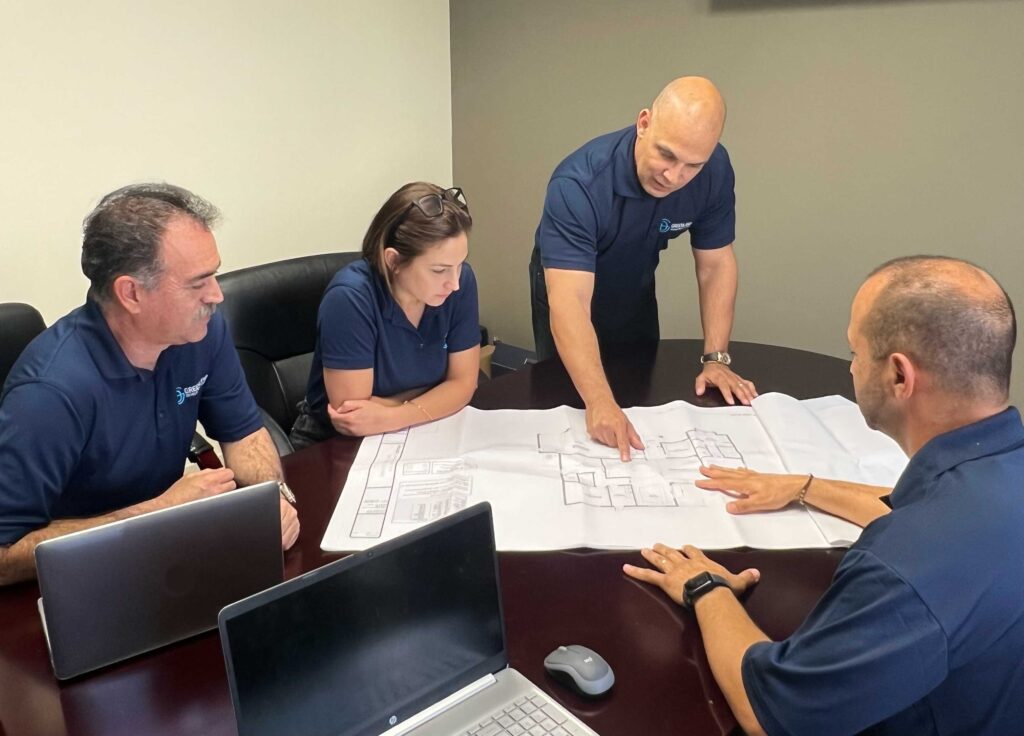
We’re fully licensed and insured, with decades of experience across Orlando, Tampa, Fort Myers, and surrounding areas.
How Long Does the Florida Permit Process Take?
Timeframes vary based on location, project type, and backlog, but here’s a general estimate:
| Project Type | Time to Issue Permit |
|---|---|
| Single-family home | 2–4 weeks |
| Commercial tenant buildout | 4–6 weeks |
| Build-to-Rent developments | 6–8+ weeks |
Working with an experienced team like Greenland can cut down on delays significantly.
How Much Do Construction Permits Cost in Florida?
Permit costs vary county by county and depend heavily on the type and size of the project. Some counties base fees on square footage, while others may calculate fees based on construction valuation or project type.
Additional fees may apply for:
- Impact fees
- Fire review
- Utility hookup approvals
- Plan resubmissions or third-party inspections
We provide transparent estimates for permitting fees during the proposal phase so there are no surprises.
Final Step: Certificate of Occupancy (CO)
After passing final inspections, the Building Department issues a Certificate of Occupancy—officially approving the structure for use or residence. This document is critical for:
- Real estate closings
- Insurance activation
- Moving tenants into commercial or BTR units
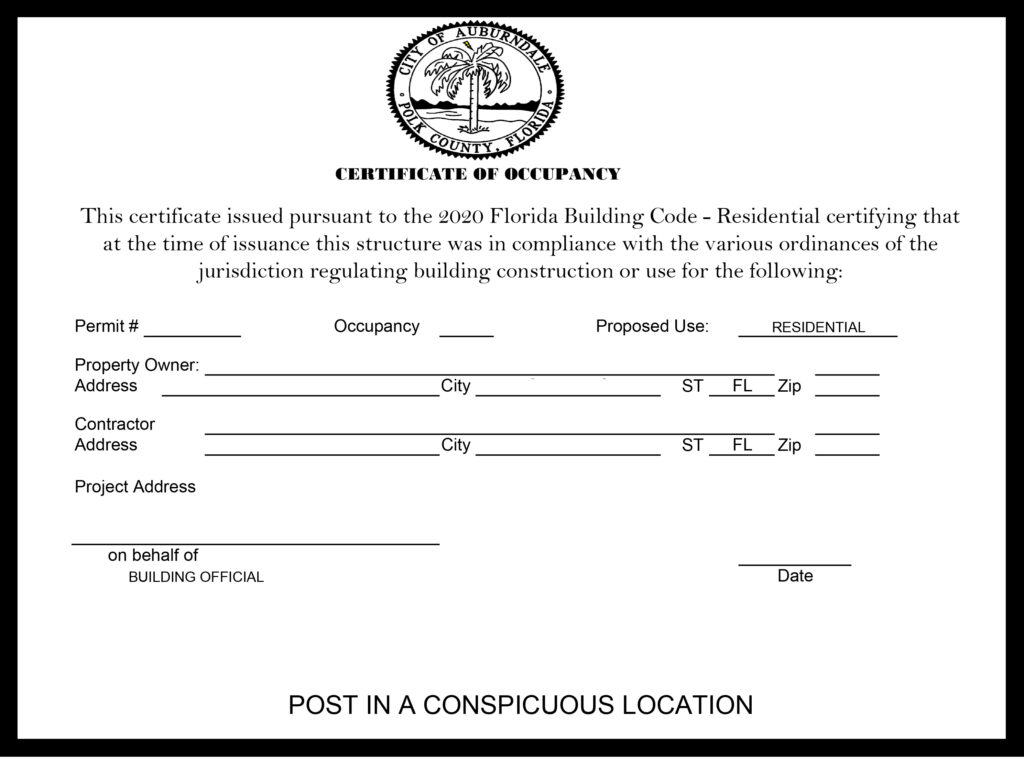
Ready to Start Your Project? Let Greenland Handle the Permits
Whether you’re a homeowner dreaming of a custom home or an investor building a multifamily portfolio, don’t risk delays or code violations. Greenland Development Group will manage every aspect of your Florida construction permit process so you can focus on your goals.
🚀 Contact us today for a free project consultation
📍 Serving Orlando, Tampa, and all of Central Florida
📞 +1-(689)-245-2506
📧 [email protected]

